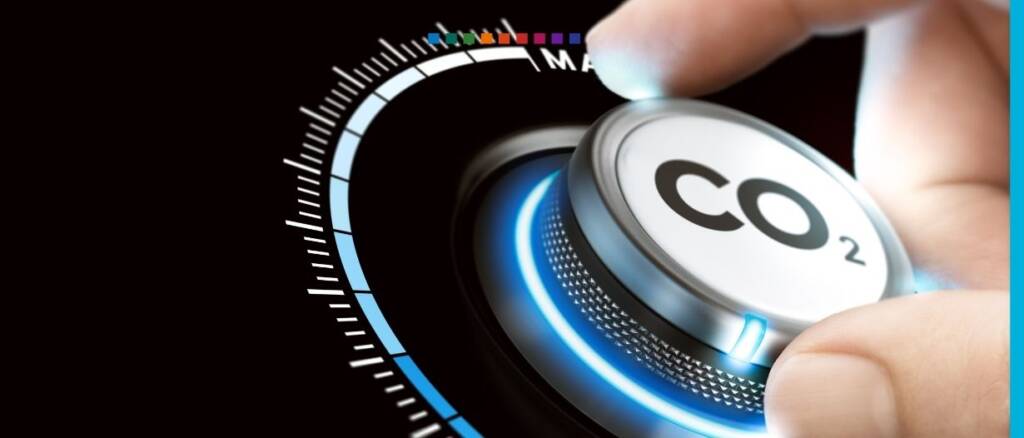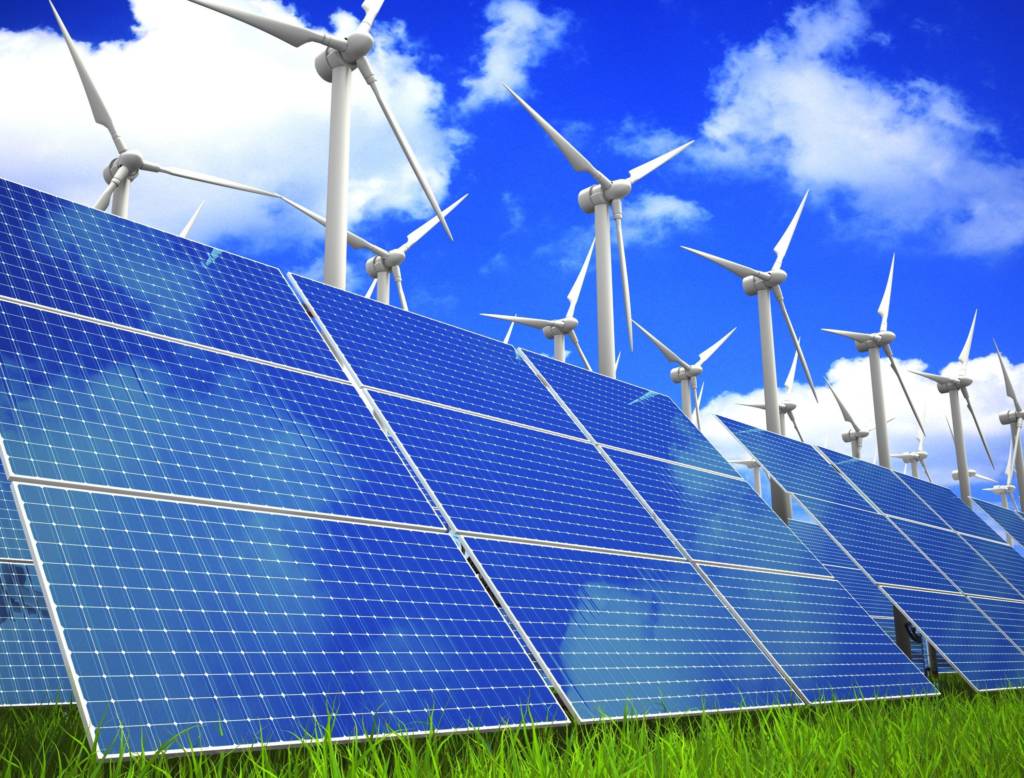With COP26 just around the corner, Export Credit Agencies (ECAs) are mandated to support government efforts in their fight against climate change. But how can we ensure a sustainable transition towards net-zero, and what role can ECAs play? We heard from Maelia Dufour at France’s ECA, BPI France
The 2021 United Nations Climate Change Conference (COP26), which will be held in Glasgow at the end of this year, will be the occasion for countries, civil society, and companies to gather with the objective of accelerating the transition and the fight against climate change.
Countries will review their decarbonisation objectives and eventually set more ambitious milestones to comply with the framework set by the Paris Agreement.
Summary – What are the key articles within the Paris Agreement?
Article 2 – Long-term temperature goal of limiting global temperature increase to well below 2°C, while pursuing efforts to limit the increase to 1.5°C
Article 4 – Global peaking and ‘climate neutrality’, aiming to reach global peaking of greenhouse gas emissions (GHGs) as soon as possible
Article 4 – Mitigation – The Paris Agreement establishes binding commitments by all Parties to prepare, communicate, and maintain a nationally determined contribution (NDC) and to pursue domestic measures to achieve them
Article 5 – Sinks and reservoirs – Conserve and enhance, as appropriate, sinks and reservoirs of GHGs
Article 6 – Voluntary cooperation/market- and non-market-based approaches
Article 7 – A global goal on adaptation – Of enhancing adaptive capacity, strengthening resilience, and reducing vulnerability to climate change in the context of the temperature goal of the Agreement
Article 8 – Loss and damage – The importance of averting, minimizing and addressing loss and damage associated with the adverse effects of climate change, including extreme weather events and slow onset events, and the role of sustainable development in reducing the risk of loss and damage
Article 9, 10, and 11 – Finance, technology and capacity-building support – The Paris Agreement reaffirms the obligations of developed countries to support the efforts of developing country Parties to build clean, climate-resilient futures, while for the first time encouraging voluntary contributions by other Parties.
Article 12 – Climate change education, training, public awareness, public participation and public access to information
Article 13, 15 – Transparency, implementation and compliance
Article 14 – A “global stocktake”, to take place in 2023 and every 5 years
Besides this meeting, all the parties are invited to rethink their activities in a more sustainable way: ban activities that are not consistent with the decarbonisation trajectory, and engage themselves in the energetical and ecological transition. The climate crisis forces them to consider the situation not only with a national prism, but with a global prism that considers both national and international impacts.
In this context, Export Credit Agencies have a critical role to play. Responsible for the implementation of the export finance policy of the country to which they are attached, these organisations have the mandate to support their country’s economy by giving adapted financial tools to exporters.
“Responsible for the implementation of the export finance policy of the country to which they are attached, these organisations have the mandate to support their country’s economy by giving adapted financial tools to exporters.”
Acting as the armed arm of their government, decarbonisation objectives of countries have direct consequences over ECAs activities. To fight against the climate crisis, governments manage these activities via regulation or strategic objectives.
Hence, some ECAs (OECD members) apply the OECD Recommendation of the Council on Common Approaches for Officially Supported Export Credits and Environmental and Social Due Diligence in their analyses. The purpose of this recommendation is to ensure that export credits meet local regulations in the host country and any relevant international standards, mainly those developed by the World Bank (WB) and the International Finance Corporation (IFC).
Hence, some ECAs (OECD members) apply the OECD Recommendation of the Council on Common Approaches for Officially Supported Export Credits and Environmental and Social Due Diligence in their analyses. The purpose of this recommendation is to ensure that export credits meet local regulations in the host country and any relevant international standards, mainly those developed by the World Bank (WB) and the International Finance Corporation (IFC).
This due diligence is the first regulation implemented to ensure that projects supported respect environmental and social international standards.
Some ECAs go further than this by creating their own climate policy with the aim to decarbonate their portfolio and, consequently, increase the green portion of their portfolio by providing financial incentives for sustainable projects.

Decarbonate portfolio
This strategy can be seen in most ECAs’ climate policies, as they ban support to the most emissive sector of activity, such as coal exploitation. Some ECAs go further by planning to ban the support to all fossil fuels projects accordingly.
As for Bpifrance Assurance Export, the Finance law for 2020 has already banned support for coal, shale oil, gas and oil exploitation using routine flaring. In 2021 a three-stage scenario for the termination of state guarantees for oil and gas projects was adopted:
• as of 2021, Bpifrance Assurance Export will end support for heavy fuel oil, oil shale and oil sand projects
• as of 2025, it will cease support for the exploitation of new oil fields,
• by 2035 at the latest, support for the exploitation of new gas fields will be terminated
Moreover, the support to thermal power plants is now limited to projects improving the carbon footprint of the electricity mix of the recipient country. This should encourage recipient countries to move towards energy transition.
Some ECAs also study the eventual implementation of a mechanism of disincentives for projects that are not consistent with their climate policy. Indeed, projects that are not aligned with decarbonisation objectives bear more climate-related risk. Therefore, it seems consistent to integrate climate risk to risk analysis as this type of risk could have financial consequences.
Some ECAs have planned or have already implemented a calculation of their carbon footprint portfolio to follow their decarbonisation trajectory. Some tools exist to regulate the GHG emissions reporting, such as the TCFD initiative. Indeed, as part of the Bpifrance Assurance Export climate strategy, an assessment of the carbon footprint of the portfolio has been performed every year since 2020. This calculation allows for the analysis of its decarbonisation trajectory and to check the more emission-heavy projects.

Greening the portfolio
The second means by which ECAs can be used to support the fight against climate change is to incentivise green projects and projects in transition, thus greening up their portfolio.
Indeed, there is a need to guide exporters toward this transition by providing them with tools to measure and improve their performance. Advising them about shared and recognised standards is an essential step:
• GHG protocol to measure their emission
• the EU taxonomy on sustainable activities to assess the sustainability of project
• life cycle analysis calculation tool, etc.
With this type of tool, financial actors will be able to guide exporters and enterprises toward more sustainable practices.
To incentivise companies to export greener projects, financial actors must provide adapted financing to meet their needs.
Banks are getting involved increasingly in the green loan and debt market to finance green projects, even if these are riskier. In the same sense, some ECAs have improved some of their products in a way to better support sustainable projects by facilitating access to financing or to insurance coverage.
Indeed, sustainable projects, including those involving renewable energies, need special features such as a longer reimbursement period.
As an example, the climate bonus is a complement to the export credit insurance product provided by Bpifrance Assurance Export to incentivise sustainable transactions. It should make it possible to:
• better support companies during the development of projects
• improve financial conditions and
• increase financing volumes.
This climate bonus is currently provided to French exporters.
It is important to note that the Adherents to the OECD Arrangement have the responsibility to undertake the National Determined Contributions (NDC) of decarbonisation of Parties to the United Nations Framework Convention on Climate Change. Still, there is a need to better take into consideration the fight against climate change in the ongoing process of modernisation of the OECD Arrangement, which is recognised already.
This is why some ideas, such as export emissions, carbon tax at frontiers, or the review of trade export regulation considering NDCs, will certainly be discussed during the next COP26 meeting.












































